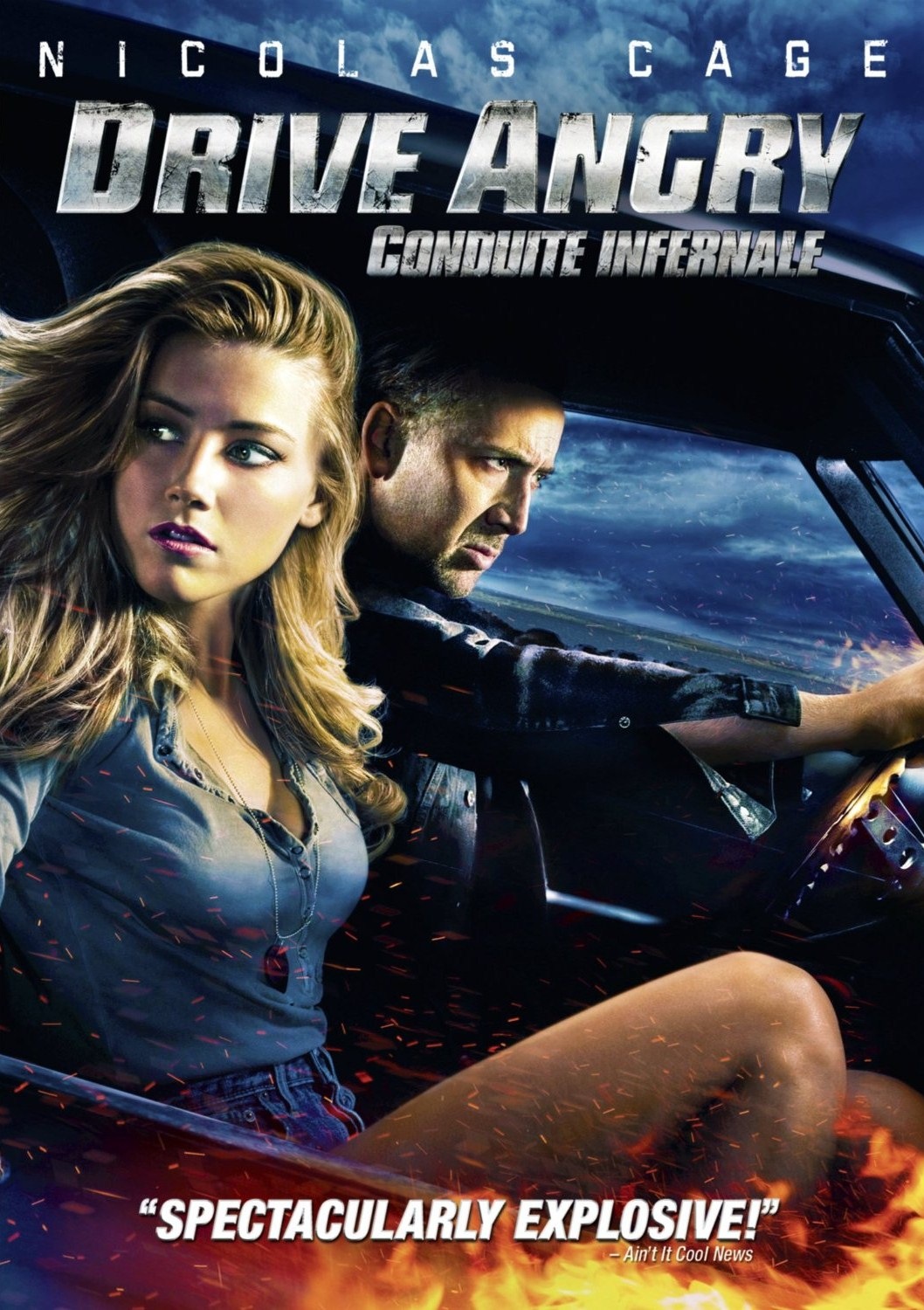Remember when movies were “fun?” They weren’t film, they weren’t cinema. They were movies. They weren’t trying to change your life — to quote an old movie mogul, Jack Warner, “If you want to send a message, use Western Union.” Movies were willing to give a shot at changing your moments, like about 90 minutes worth of them. And if you happened to see a really good movie, more than likely you walked away with a big, goofy grin on your face.
For the geekigentsa, the 60s and early 70s were a golden age of “film.” The young turks were taking it to the Man and the System. The Godfather. Bonnie and Clyde. Midnight Cowboy. All of them were films that took cinema to new levels of realism in terms of sex and violence (real and emotional).
Then there were “B-movies.” Popular, mass entertainment. Motorcycles, babes, drugs …anything that could be made on the cheap that might turn a buck, and a lot of which was shoveled into the Drive-In theatres that still clung to the American landscape. It was “product” and any appreciation of it as folk art would only come later.
To keep the product line profitable, the formula was tweaked when sales began to lag or new trends emerged: Harley hogs became American muscle cars, Redneck Sheriffs stood in for “The Man,” but movie producers kept the core of what made those Drive-In classics work. Explosions. Shootings. Breasts. (Young female breasts, covered and exposed, were very popular and much more important than the acting ability of anyone else on screen) Often a supernatural element gave the plot (such as it was) a reason to feature… more breasts.
Why is Drive Angry Great?
This 2011 movie (one can’t call it a “film”) is like a 70’s Drive-In movie brought forward 30 years: higher budget, better tech, and actors whose names are known by more people than their dealer. The basic plot sounds promising: Man breaks out of prison to avenge the daughter he left behind and to protect her baby. The fact the prison is actually Hell and the convict’s name is Milton, John Milton, only makes it better. With such a cornucopia of low-brow entertainment, it’s hard to know where to begin. It’s got guns, breasts, shoot-outs, gratuitous nudity, explosions, nekkid women fist-fights, corrupt Southern sheriffs, and more breasts: DNA ripped right from the very Id of the Drive-In.
Drive Angry also has a very smart and funny script, with the first hint being our anti-anti-hero’s name. Nicolas Cage, in a reasonably sane performance, plays the absurd story straight, in the process giving some real emotional weight to the convict’s quest to redeem some part of his life. The dialogue is filled with sly, clever throw-away lines and plot devices that are laugh-out loud funny (one of Milton’s friends is “Webster,” as in “The Devil and Daniel”), with many of the best bits given to character actor William Fichtner, who steals the entire movie as “The Accountant,” the man (?) sent from Hell to bring Milton back.
Fichtner has had a long career, often playing menacing heavies; as the Accountant, he underplays to hysterical effect. After his car goes off a bridge and lands upside down with the genre-required crushing impact, two stoners approach the wreck. The car door blasts out, striking Stoner One like a missile. After the Accountant climbs out of the wreckage, unharmed and brushing dust from his very nice suit, Stoner One says, “You could’ve killed me!” Fichtner answers matter-of-factly, “Not even close. I won’t see you again until you’re seventy-three.” With an appraising glance at Stoner Two, he adds, “You I’ll see in three months.” Watch this movie, and I promise you will never hear KC and the Sunshine Band’s “That’s the Way I Like” the same way again.

